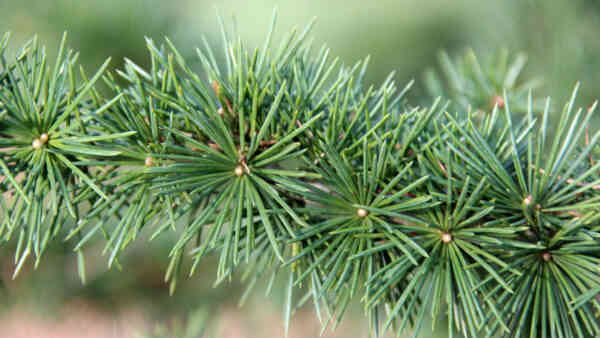The amazing cedar tree is not only a source of delicious and healthy nuts, it is also a truly healing plant, whose leaves purify the air and make it beneficial. Cedar forests are really a chic place, walking through them is a pleasure, and it is a pity that these trees do not grow everywhere. But where they grow, local residents actively collect nuts from them, which are very expensive. And why not?
Interesting facts about cedars
- These trees can withstand frosts down to -27 degrees without damage.
- The cedar is a symbol of the country of Lebanon. It is even featured on its flag. True, unfortunately, due to deforestation, there are almost no trees left in this country.
- Scientists have established that cedars first appeared in the region of either the Himalayas or the Mediterranean Sea (interesting facts about the Himalayas).
- An old cedar can reach 50 meters in height.
- The popular pine nuts are actually the fruit of the cedar pine cones. But the seeds of a real cedar are inedible.
- The diameter of a cedar trunk can reach two meters.
- Well-developed cedars produce up to fifty or more kilograms of pure nuts per year, which contain a lot of fat.
- In a wooden bowl made of cedar wood, milk does not sour for a very long time.
- A moth never starts in a cupboard made of cedar wood.
- There are no mosquitoes or ticks under cedars, as these insects do not tolerate volatile substances emitted by the leaves of these trees (interesting facts about trees).
- Pine nuts in Siberia are able to make vegetable cream, which is almost three times more nutritious than cow nuts, as pine nuts contain up to 79% fat.
- Eating pine nuts, as scientists have found, reduces the risk of tuberculosis.
- Already during the existence of ancient civilizations, cedar was considered the best building material. Sarcophagi of the pharaohs were made from cedar wood, temples and palaces were built.
- Siberian cedar, growing in Russia, has nothing to do with the genus cedar, to which two species belong: Atlas and Lebanese cedar, growing in Africa, and Himalayan cedar, or deodar. The cedar that grows in Russia belongs to the pine genus (interesting facts about pine trees).
- The Celtic Druids called the ritual cup containing cedar resin the “cup of life.”
- Unlike other plants, cedar does not obey biological rhythms; it lives on its own. In cloudy weather, he wakes up at about 10 o’clock, that is, his activity increases, and on clear days he gets up at dawn.
- Siberian cedar begins to bear fruit at the age of approximately 25 years. New cones grow on it every 5 years.
- The lifespan of cedar can reach 500 years or more.
- About 19% of cedar resin comes from turpentine.
- Cedars emit phytoncides, substances that cleanse the air of microbes.
